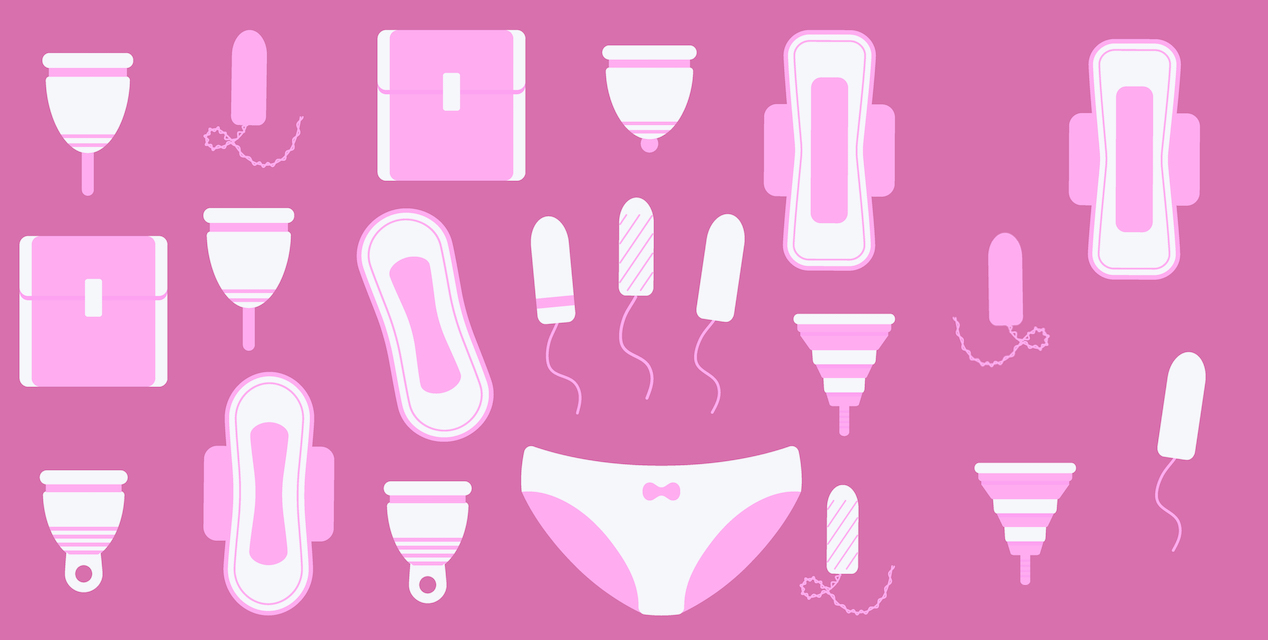As the price of everything increases (thanks recession!), it’s always worth looking for cheap, but effective alternatives. New advances are being made in sanitary products, thanks to Eco-friendly menstrual cups.
A menstrual cup is a small flexible cup made of silicone or latex rubber. It’s reusable and can last up to five years. It collects and catches your secretions instead of absorbing them like a tampon or pad.
Worth a try:
Just before your cycle begins, tightly fold the cup and insert it like you would with a tampon. You shouldn’t feel it if it’s inserted properly.
- Can be used for up to 12 hours.
- Is said to be good for overnight protection.
- Is considerably safe; it lowers the risk of bacterial infections, rash and chafing from a tampon and pad.
- With its airtight seal, there’s less odour.
- Can be cleaned with toilet paper until the end of each period.
- Sterilise with boiling water.
- Safe for swimming and water sports.
- Is discreet, so no strings or bulges. You can wear what you like.
- Made for medical purposes, it is hypoallergenic, free of toxins, bleach and has no dyes.
Insert the cup
Step 1: wash your hands.
Step 2: flatten the cup.
Step 3: fold it.
Step 4: prepare for insertion.
Step 5: insert.
Step 6: rotate your cup.
…and you’re good to go.
Where to buy
The cup is more expensive than a packet of tampons or pads, BUT, you will no longer need to buy tampons or pads every month, so you actually save money. Menstrual cups in South Africa can be found at online stores; a few local retail stores may have them too. They range from R200-R800 per cup.
Good to know
- Women under 30 and those who have not given birth should wear a small-sized cup.
- After each use wash, disinfect and store away.
- Do not share your cup!
- The cup is neither a contraceptive nor a preventative measure.
- If you have any discomfort or an infection, see a doctor.
References
- http://www.iol.co.za/lifestyle/family/kids/mina-can-be-a-girls-best-friend-2013957
- http://menstrualhygieneday.org/
- https://health.clevelandclinic.org/2015/02/tired-of-tampons-here-are-pros-and-cons-of-menstrual-cups/
- http://germistoncitynews.co.za/152496/facts-period-world-menstrual-hygiene-day/
- http://pinkcup.co.za/menstrual-cup-inserting/
- https://www.menstrualcupsaustraliaonline.com.au/how-to-clean-a-menstrual-cup/

